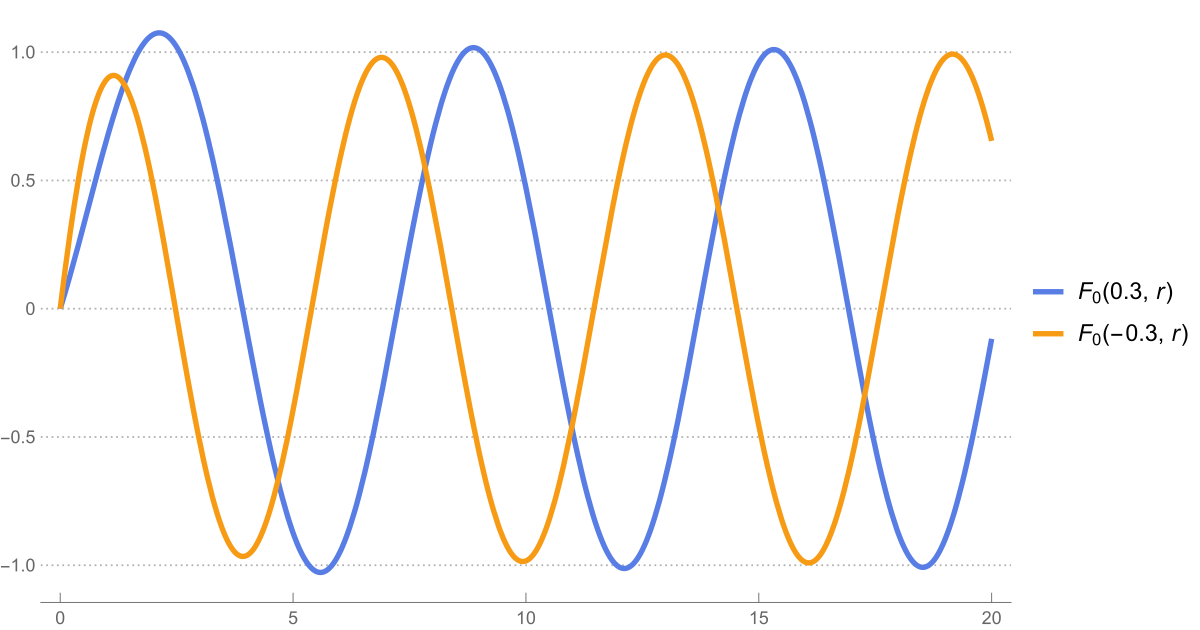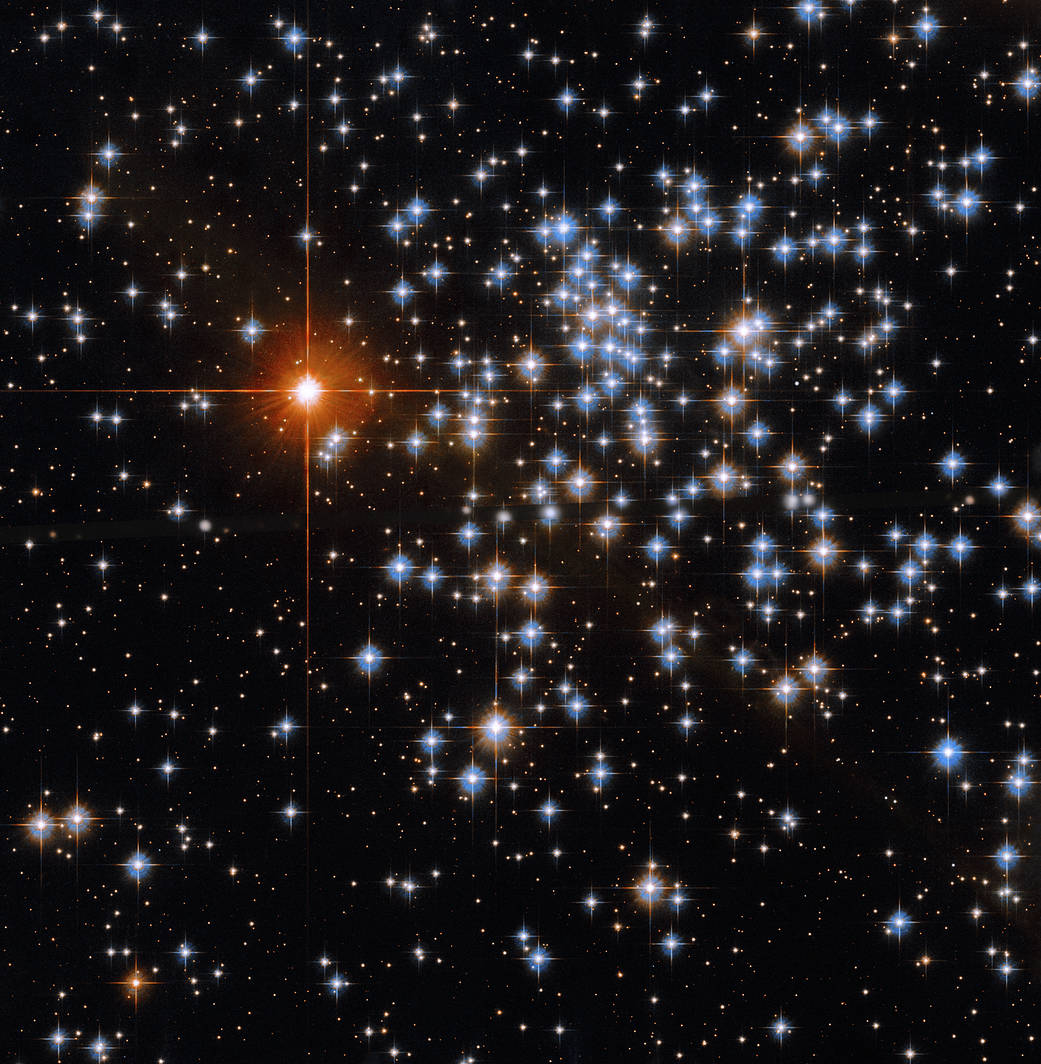Spooky Action at a Distance

Can you think of a bond that is so strong, that nothing can break it? Even long distance?
It’s of course, love!
A power that connects us in ways we can’t always explain.
When we love each other, we affect each other. No matter the geographical distance between us.
We are entangled!
What is entanglement?
It’s a relationship very similar to love.
A connection that defies our understanding of space and time!
Where one particle directly influences the other, regardless of the spatial distance between them.
How does one influence the other?
Once particles are entangled, they are united!
They are not treated as separate entities anymore.
They are now one! For better, for worse.
Wavefunction
The wave function describes all information that can be known about a particle at a given time.
Unlike classical mechanics, quantum mechanics suggests that the future cannot be determined with certainty.
 Uncertainty – Image by Freepik
Uncertainty – Image by Freepik
Before measurement, the state of the property may only be predicted based on probabilities.
When a particle is in superposition, the wave function describes all possible states that the particle may be found in when measured.
In our “love thought experiment”, let’s think of superposition as all those states one may be found in, at the same time, before analyzing their feelings.
Superposition – Maybe Love
So, remember the moment in time when you know that you have feelings for someone.
 Maybe love – Image by jcomp on Freepik
Maybe love – Image by jcomp on Freepik
But you are not yet sure.
Is this love? Or is it just attraction? Or maybe friendship - or something completely different!
At this moment you are in superposition of all these possible states.
It’s this “maybes state”.
So, your wavefunction would describe all these possible states of love and attraction and friendship - and something completely different.
Wave function collapse – Love
Then, you want to clear your thoughts. You want to know.
So, you try to analyze and understand.
This measurement helps you define your feelings.
You are no longer in this “maybe state”.
Upon measurement, the wave function collapses into a definite state and you are now certain.
It is indeed love!
 True love – Image by teksomolika on Freepik
True love – Image by teksomolika on Freepik
Joint wavefunction?
Once particles are entangled, they are no longer described by their individual wave functions.
Instead, they are described by a joint wavefunction.
So, the particles are described as one entity.
And the joint wavefunction describes the relationship (correlations) between the properties of the particles.
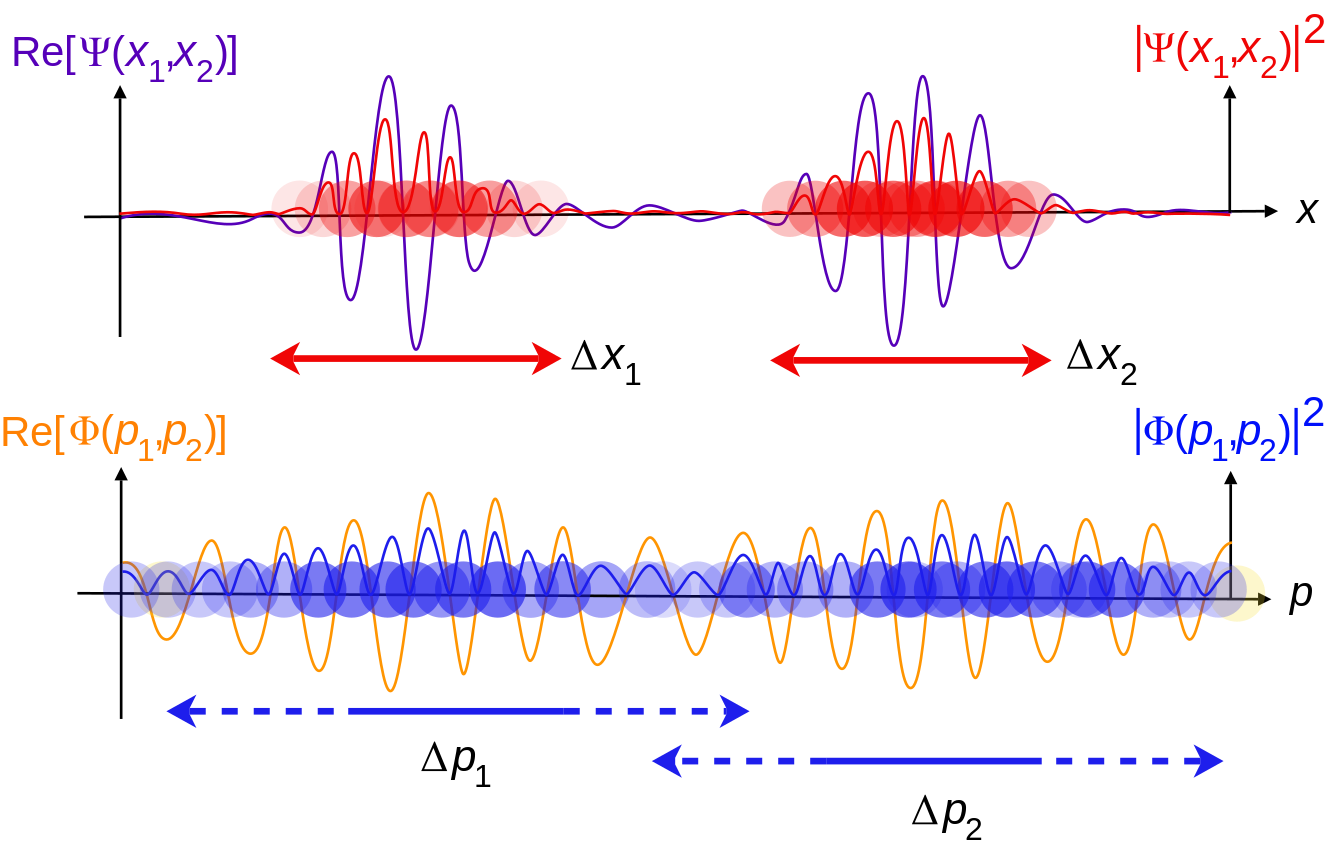 Two particle wavefunction – Maschen, Public domain, via Wikimedia Commons
Two particle wavefunction – Maschen, Public domain, via Wikimedia Commons
Joint wave function – True Love
In our “love thought experiment”, think of a joint wave function as the bond you create with your other half.
You are no longer two separate entities. You are a couple in love, who share their feelings, goals, and dreams.
Your strengths and weaknesses complement each other.
The joy or pain of your partner instantly affects you.
And you remain connected even when physically apart. No matter how far away you are from each other!
Spooky action at a distance – State of Love
If you experienced love, you know exactly what this spooky action is!
It’s when you get a call or text or flowers (or whatever makes you happy), exactly when you need it the most.
 Daisy flower – Jon Sullivan, Public domain, via Wikimedia Commons
Daisy flower – Jon Sullivan, Public domain, via Wikimedia Commons
It’s also when you are sad for no reason, or you are anxious and don’t know why, or you just feel “weird” or that “something is off”.
Only to find out later that something happened that caused your partner to experience these feelings.
This is what true love is. This strange, spooky, wonderful connection!
Causing behaviors that we cannot explain.
Spooky action at a distance – State of Property
Entanglement was described as “spooky action at a distance” by Einstein.
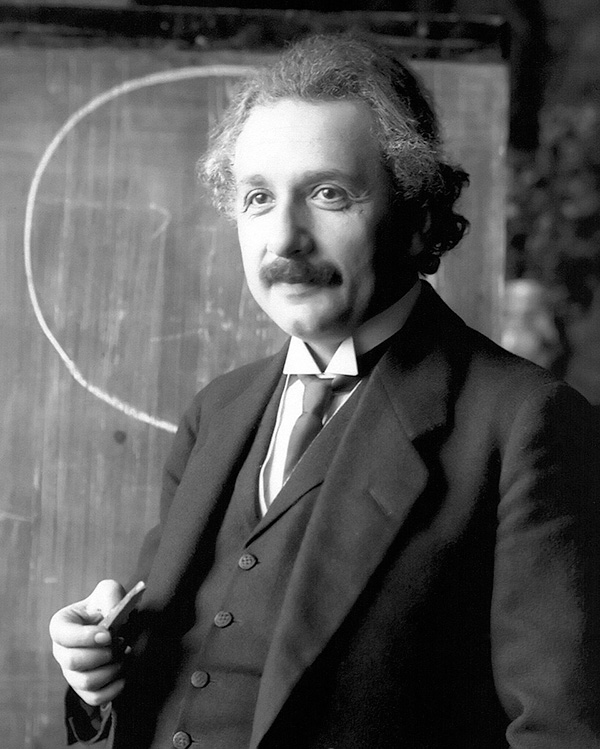 Einstein 1921 portrait – Ferdinand Schmutzer, Public domain, via Wikimedia Commons
Einstein 1921 portrait – Ferdinand Schmutzer, Public domain, via Wikimedia Commons
We could observe this spooky action, for example, when we measure the property of light, called polarization, of two entangled photons.
See “spooky action at a distance” animation posted by NASA below. In that example:
-
Photons A and B are entangled in their polarization states.
-
A is sent to Alice for (random) measurement, and B is sent to Bob, who are distant from each other.
-
They don’t disclose their results to each other (ensuring fair sampling).
-
When comparing their results, Alice and Bob realize that these are correlated. For example, when A is vertically polarized, B is horizontally polarized as predicted.
-
Regardless of the distance between the photons!
In reality, Alice and Bob are photon detectors (i.e.: superconducting nanowire single photon detectors - SNSPDs).
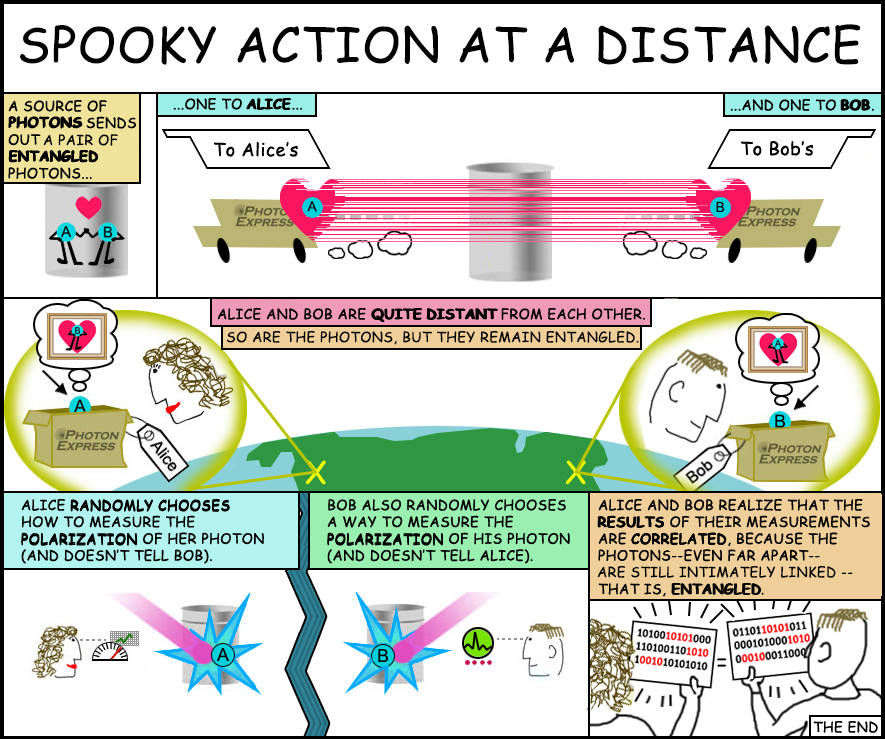 Spooky Action at a Distance Animation - Credit: NASA/JPL-Caltech
Spooky Action at a Distance Animation - Credit: NASA/JPL-Caltech
Bell tests
During one of the 2015 Bell tests, carried out by a team of eight scientists at NIST, they created entangled photons (400,000 per second!) and measured their polarization state.
The measurement results supported the predictions of quantum mechanics and ruled out local hidden variable theories.
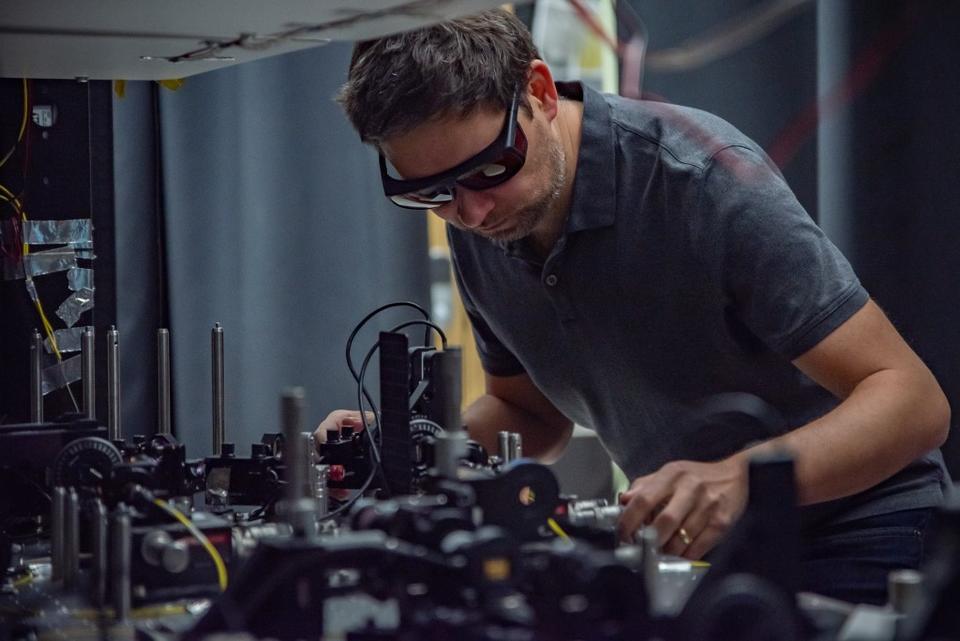 Krister Shalm at NIST - Credit: R. Wilson/NIST
Krister Shalm at NIST - Credit: R. Wilson/NIST
As Krister Shalm (physicist with the NIST) stated, you:
“try to tear the two photons apart, but their love still persists."
Such a deep true love! So interesting!
It was also interesting to read that one of the scientists got entangled (married) during the first three months of the project.
I guess love was in the air!
So many tests, so many success stories!
Talking about success, in 2022, a Nobel Prize in Physics was awarded to Aspect, Clauser, and Anton Zeilinger for "groundbreaking experiments using entangled quantum states, where two particles behave like a single unit even when they are separated".
Why spooky?
Like love, connections in the quantum world cannot be explained with classical physics.
In classical physics, the principle of locality states that an object is influenced directly only by its immediate surroundings.
Certain forces, such as gravity, have specific range up to which they can exercise influence.
And changes are not instantly communicated.
When changes occur in a field, such as the electromagnetic field, they are not instantly experienced everywhere within the field.
They propagate away at a finite speed – the speed of light in a vacuum.
Think of stars…
We don’t instantly see their light.
It takes thousands of years to reach us!
This is because light travels at a specific speed through space (the speed of light) and not instantly.
And in accordance with Einstein’s theory of relativity, nothing travels faster than the speed of light.
But information between entangled particles, same with two people in love, somehow seems to travel instantly!
Isn’t that spooky?
I think it is!
Spooky and wonderful!
 Technology used to study the love between particles - Credit: NASA/JPL-Caltech
Technology used to study the love between particles - Credit: NASA/JPL-Caltech
Does quantum theory explain spooky action?
In short, no.
Various tests have repeatedly confirmed that this spooky action indeed exists, and that entangled particles affect each other instantly even over great distances.
However, they do not explain why or how this occurs.
Quantum mechanics predicts the probability of finding a particle in a particular state.
And once particles are entangled, it can predict with accuracy the state in which a particle will be found upon measuring its pair, even at a great distance.
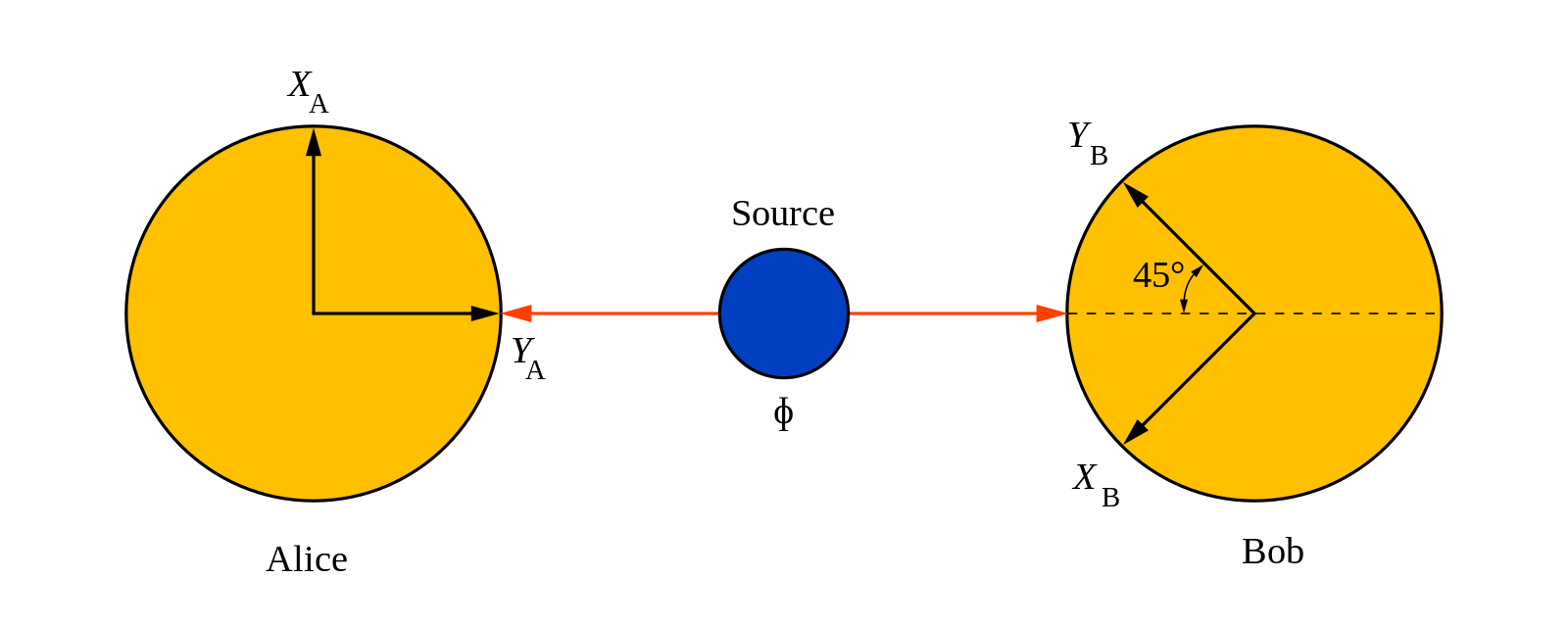 Bell test for entangled - Manwesulimo2004, CC BY 3.0 via Wikimedia Commons
Bell test for entangled - Manwesulimo2004, CC BY 3.0 via Wikimedia Commons
Most tests rule out the possibility of a “local hidden variables theory”.
But what about non-local hidden variables?
Or what if we changed our definition of “local”?
Anything is possible, right?
Invisible force
Love is a mystery.
A strong force that makes the impossible possible.
We know it’s there because we feel it. It directly affects us.
But no matter how extensively we can measure certain of its properties, and scientifically determine how it affects our behavior, we still do not fully understand it.
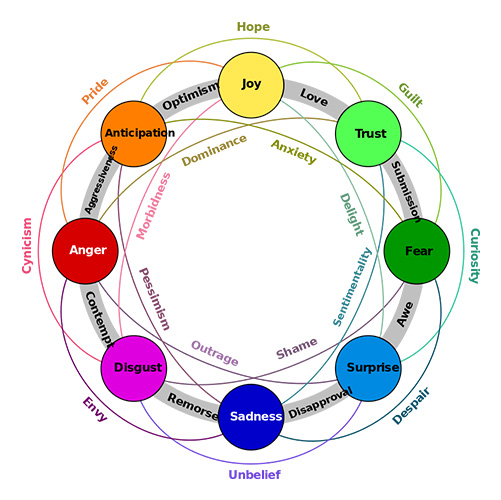 Plutchik Dyads - ChaoticBrain, CC BY-SA 4.0 via Wikimedia Commons
Plutchik Dyads - ChaoticBrain, CC BY-SA 4.0 via Wikimedia Commons
Does this mean it cannot be understood - just because we cannot understand it?
Is something so perfect, not perfectly designed?
Quantum mechanics beautifully explains and mathematically predicts certain behaviors we observe in the quantum world.
But in my opinion (with my limited knowledge), there must be other forces that create our reality, which are beyond our understanding.
For now, I’ll call them the invisible force that creates everything, from entangled particles to wormholes, with us somewhere in between, falling in love.
Einstein says it best:
“Try and penetrate with our limited means the secrets of nature and you will find that, behind all the discernible concatenations, there remains something subtle, intangible and inexplicable.”
Thank you for reading!

